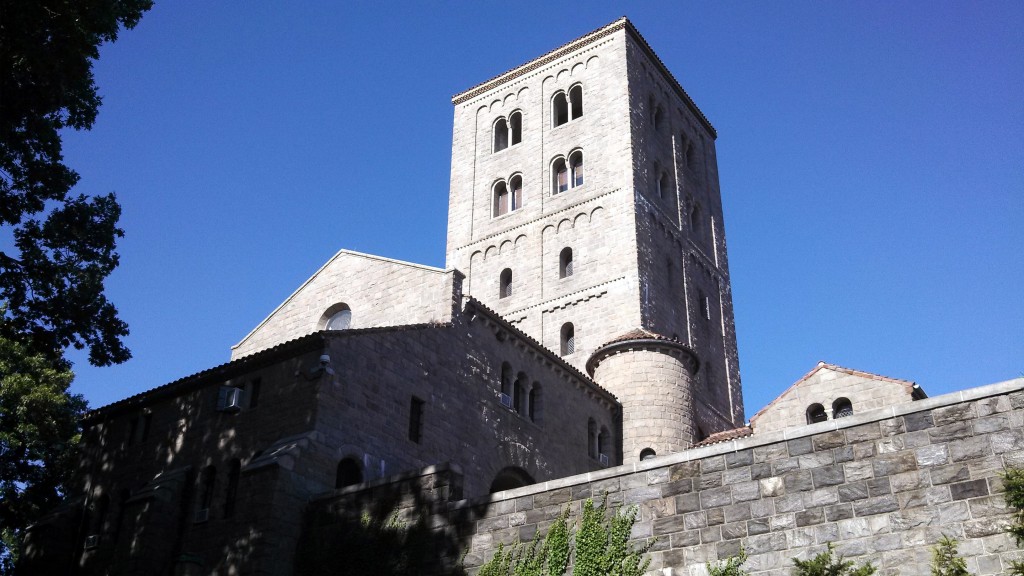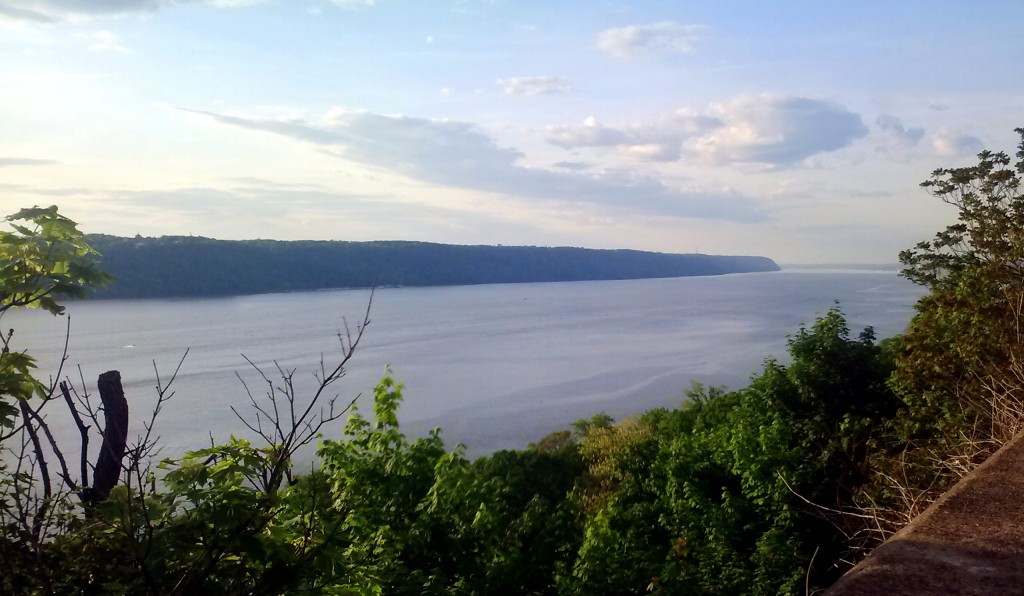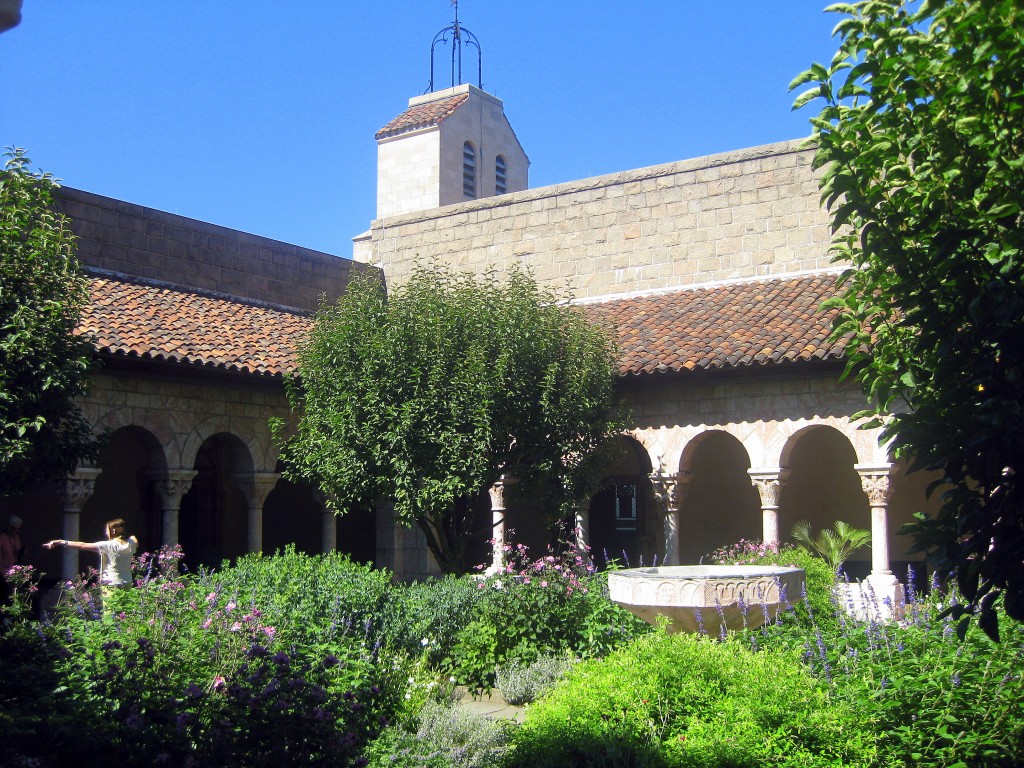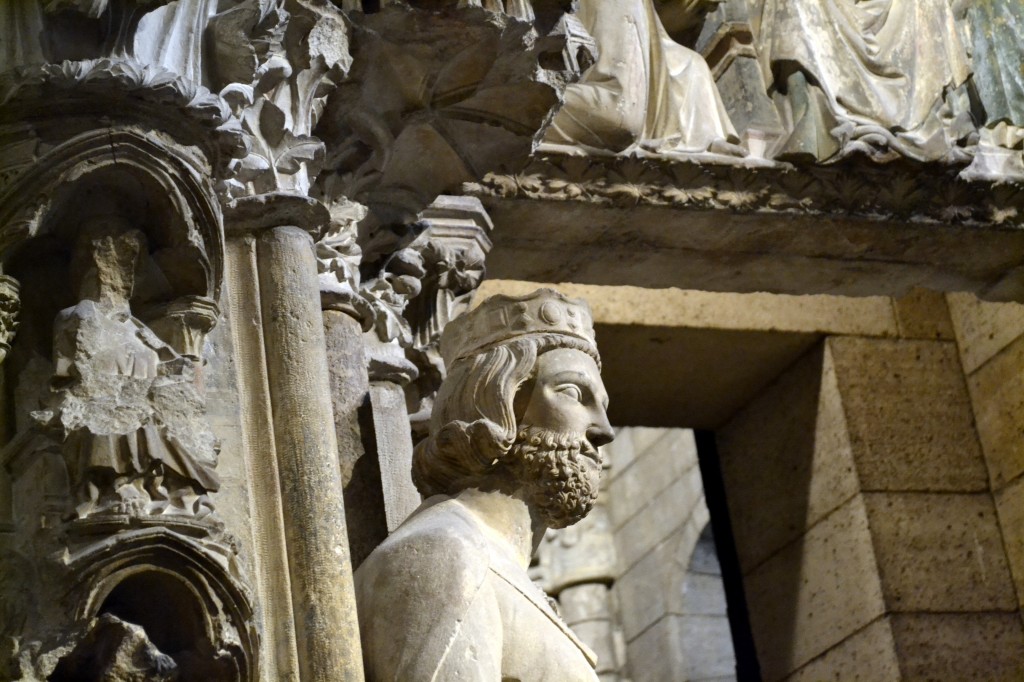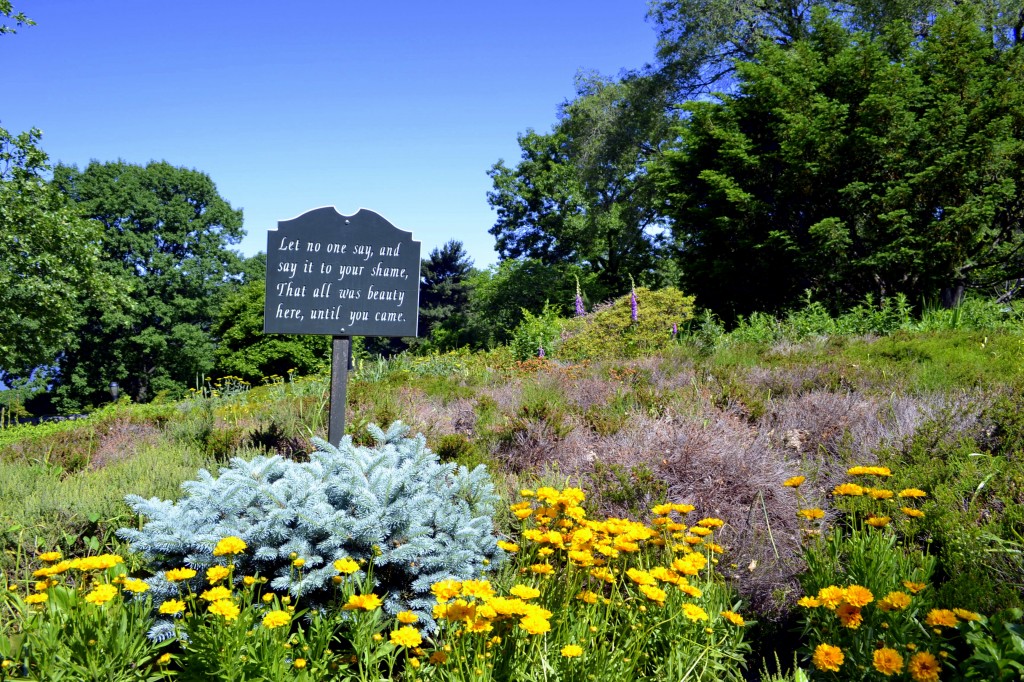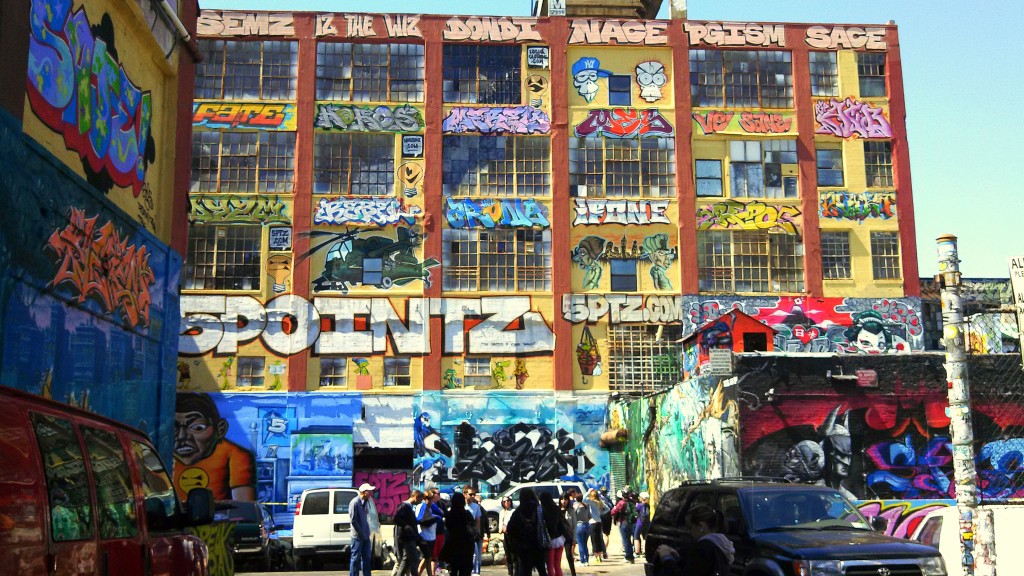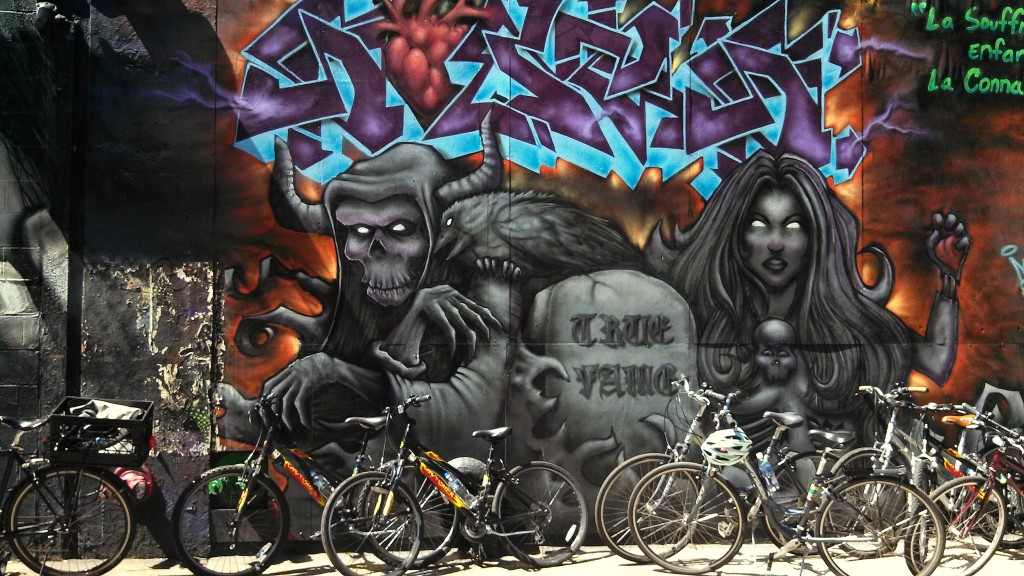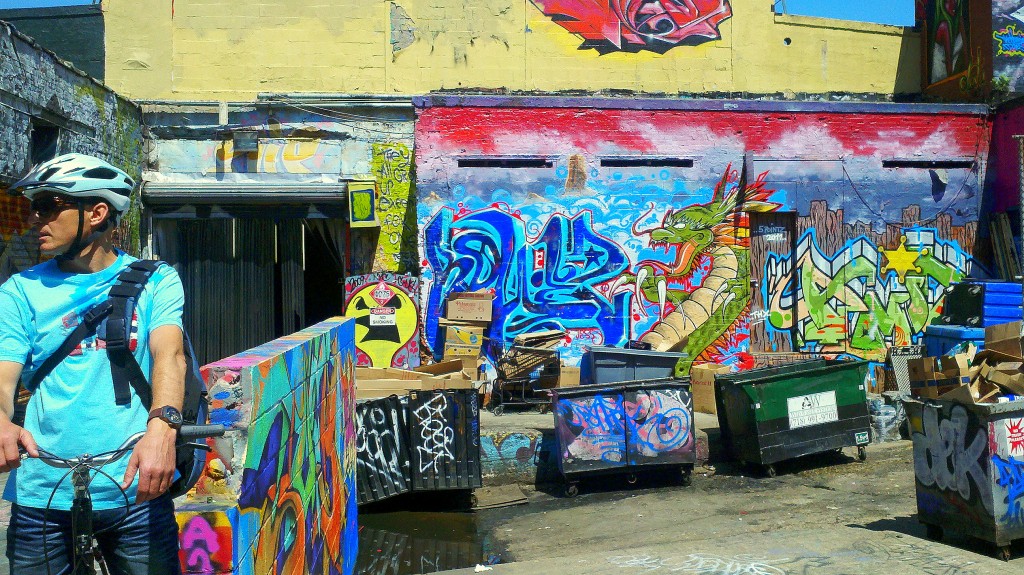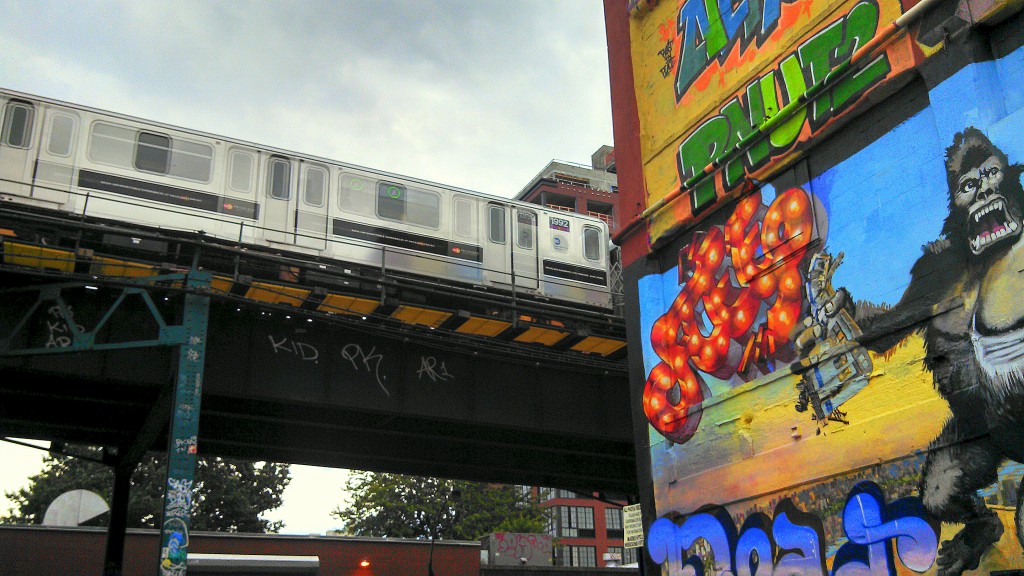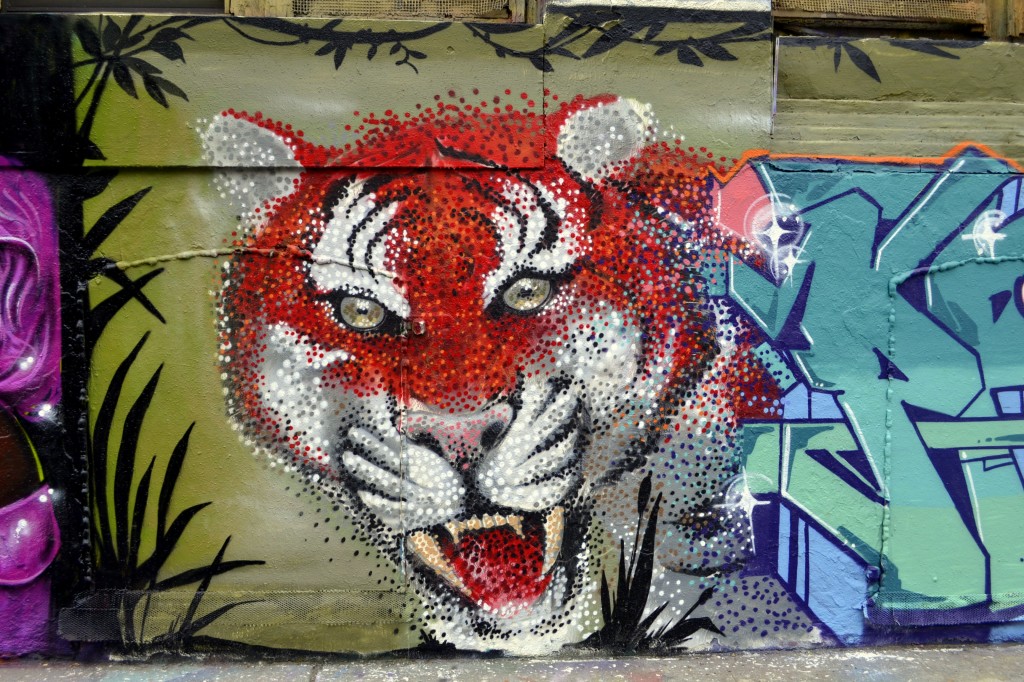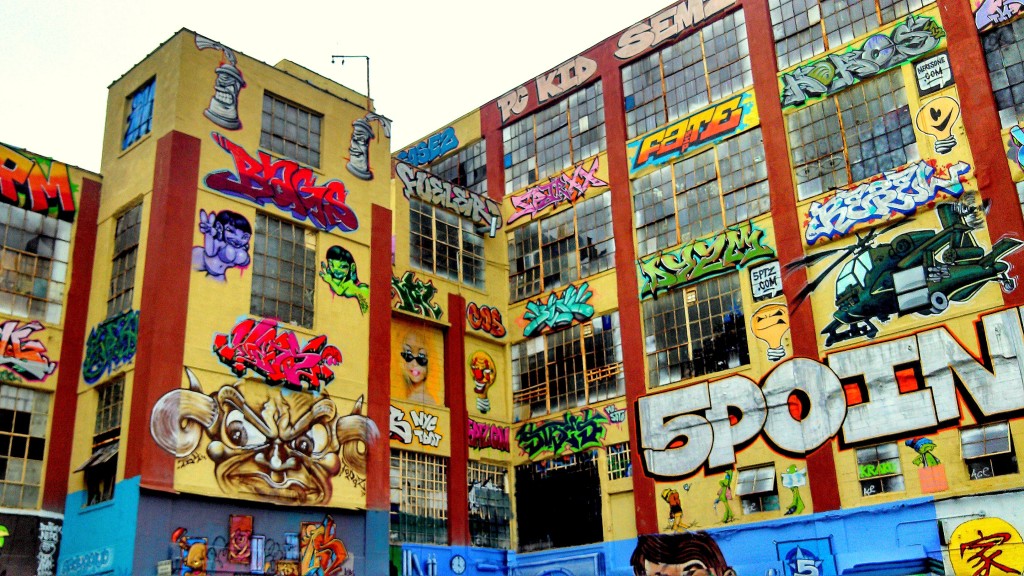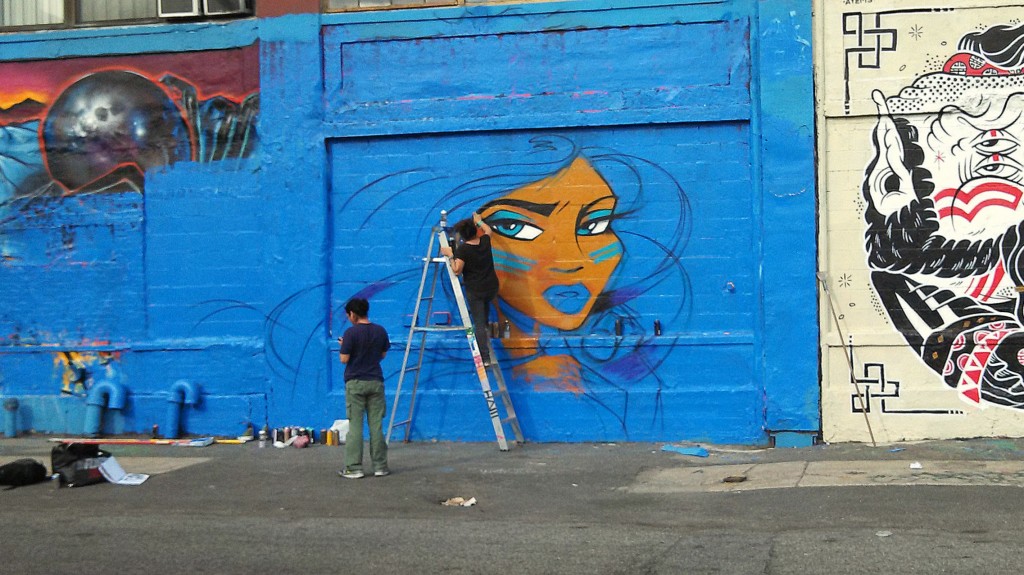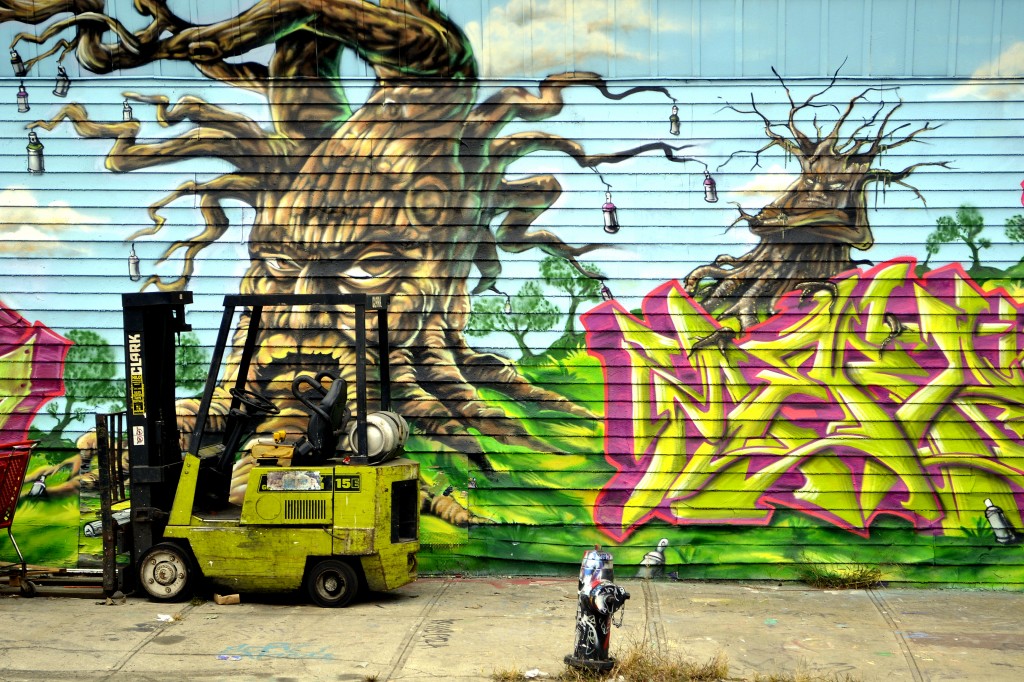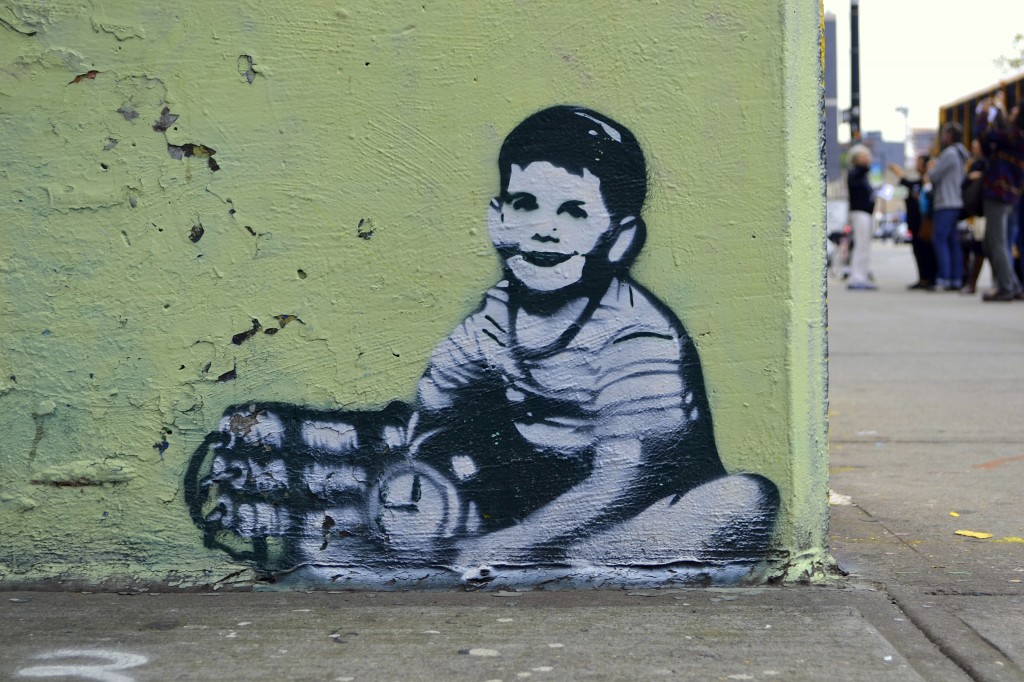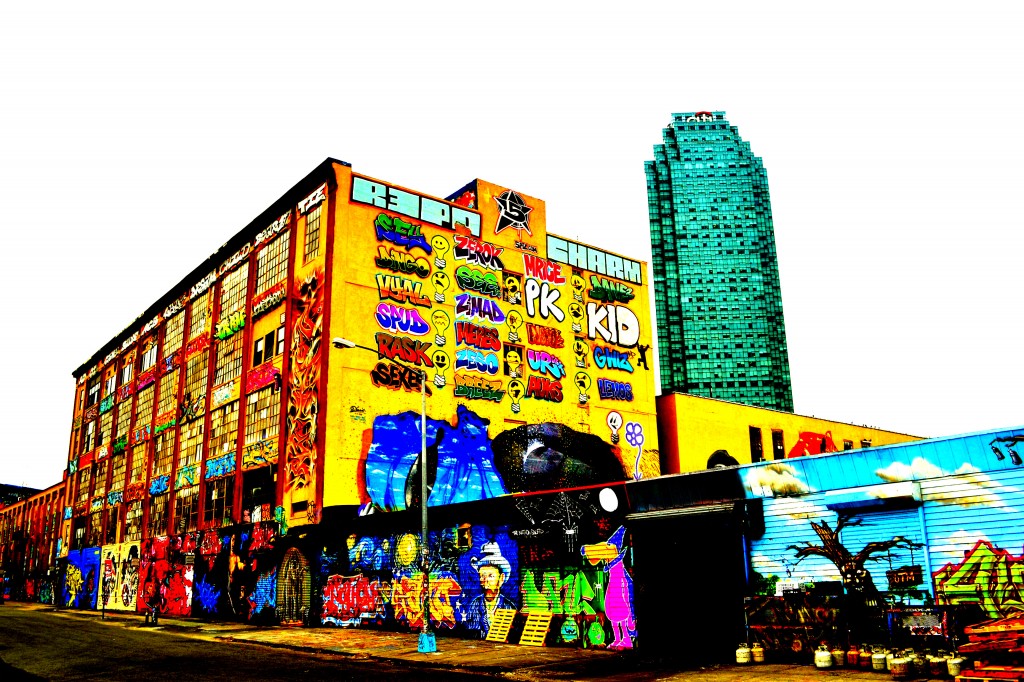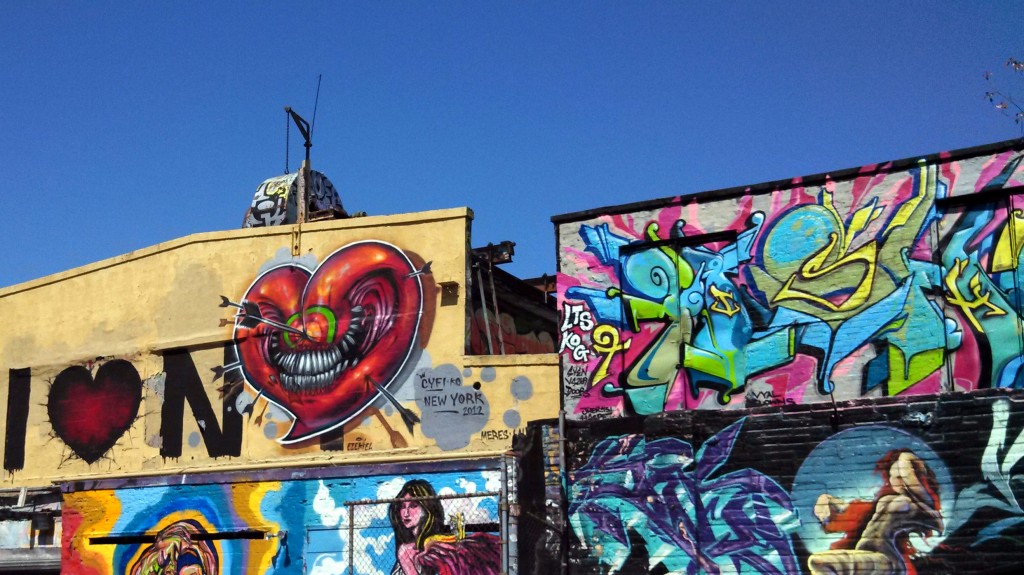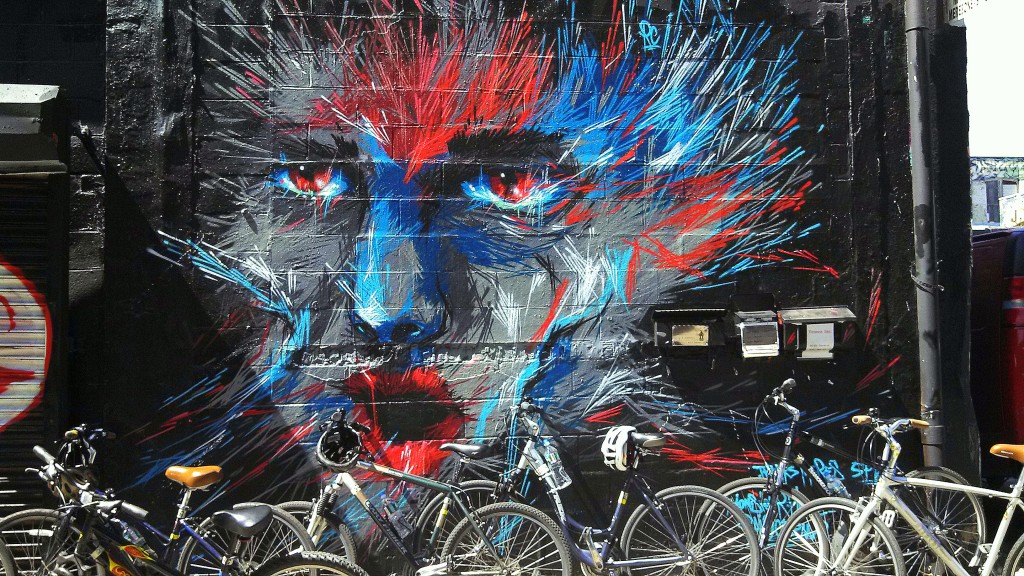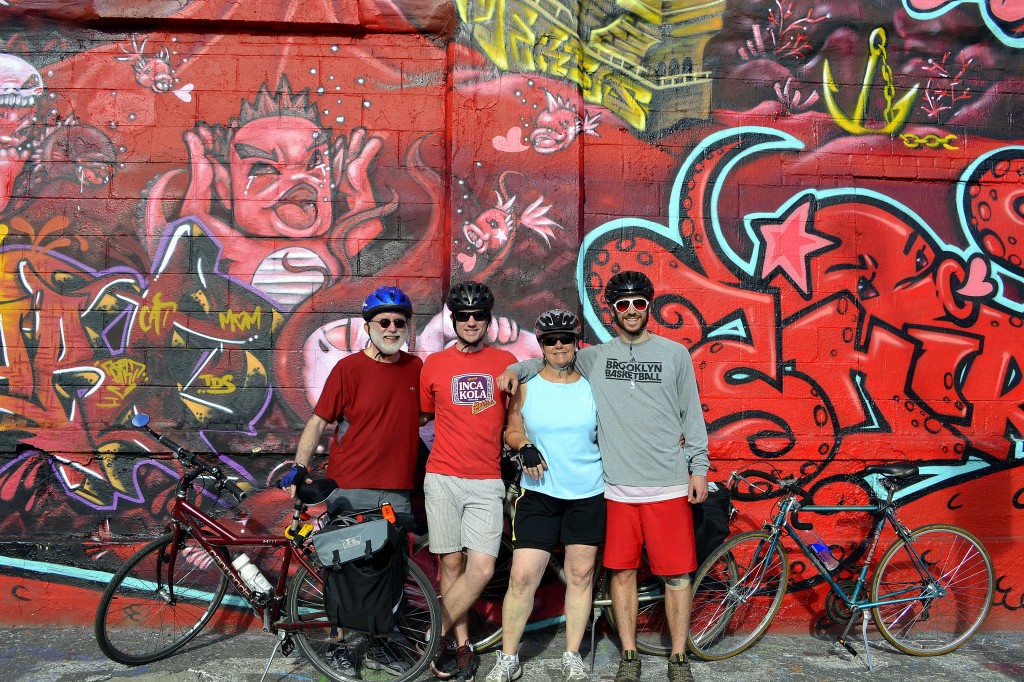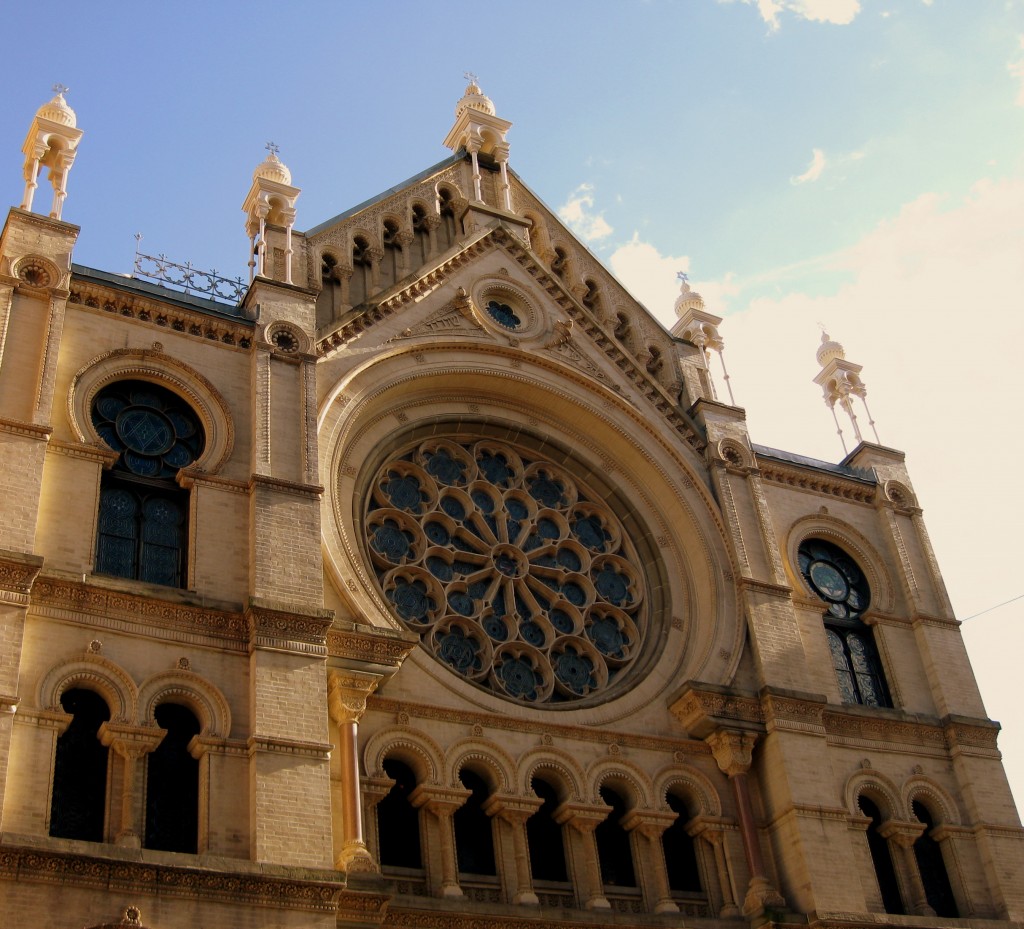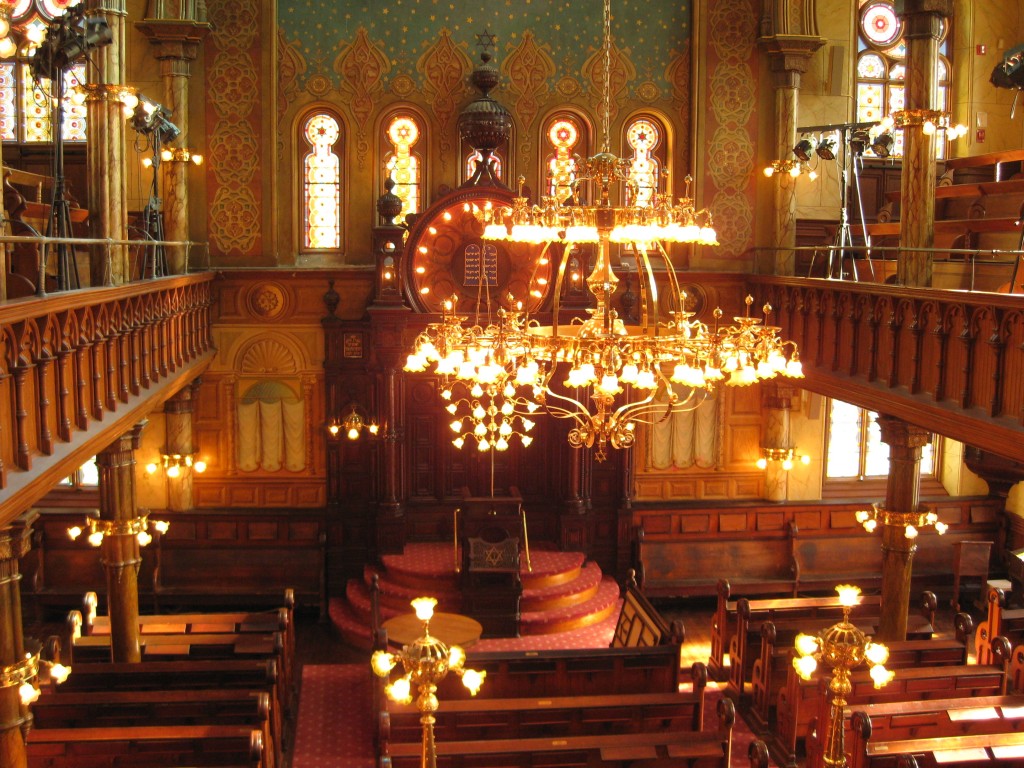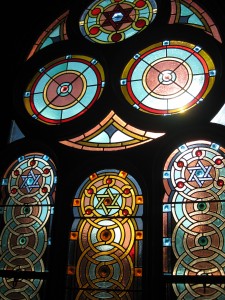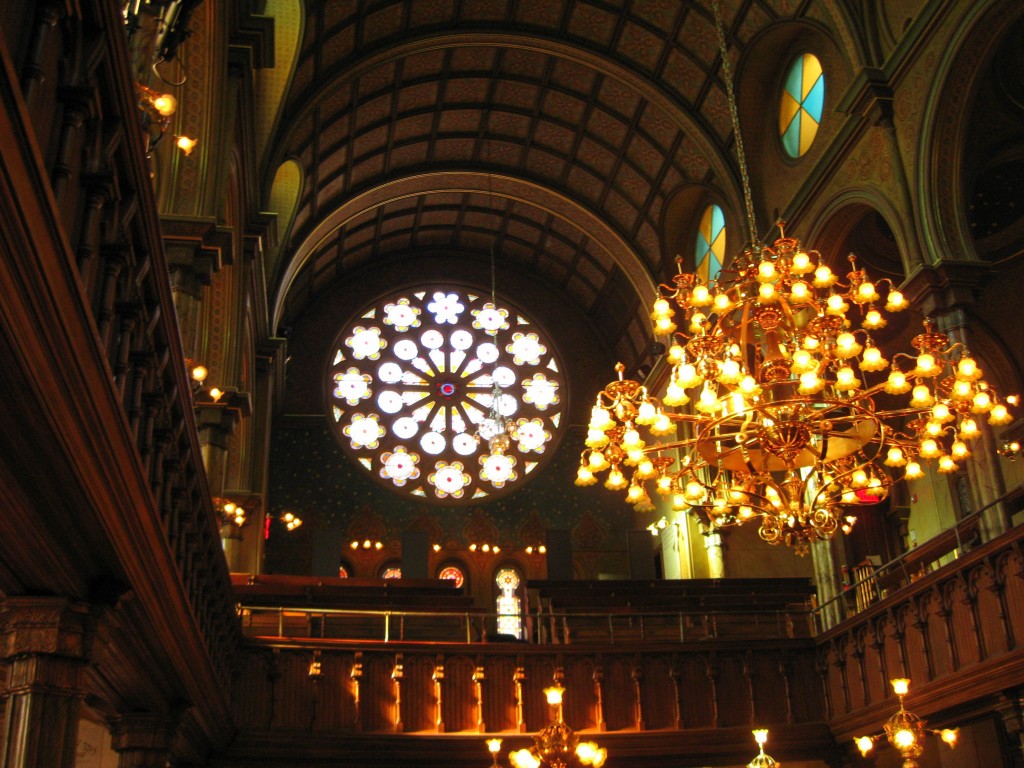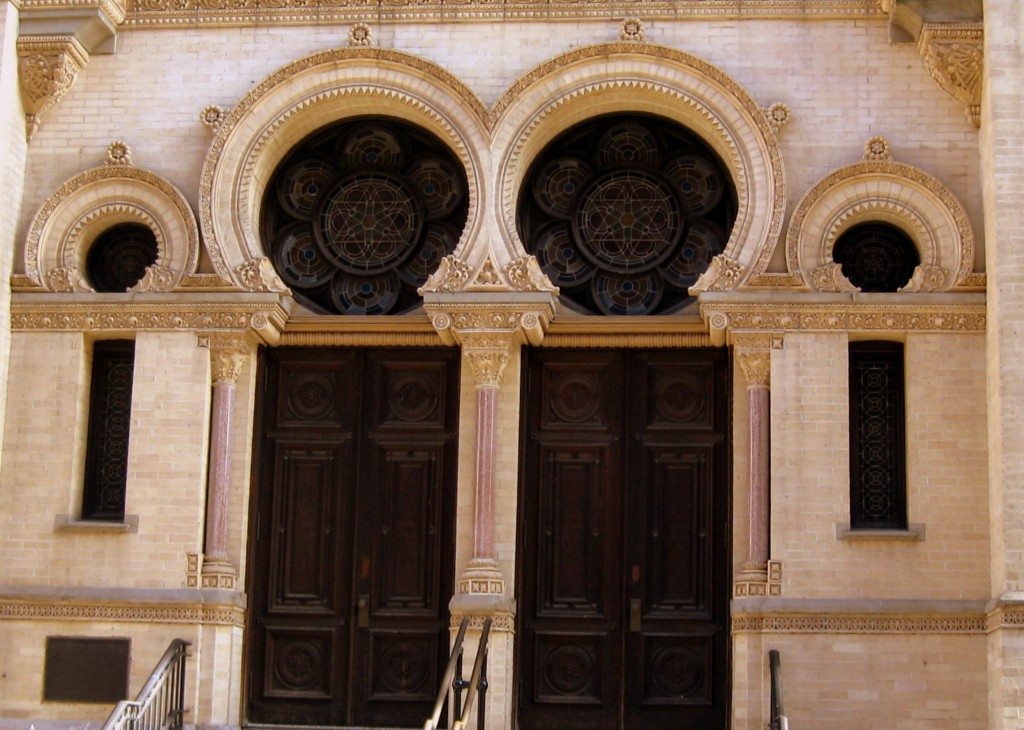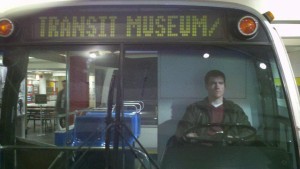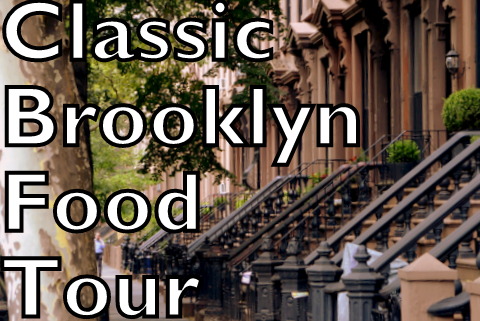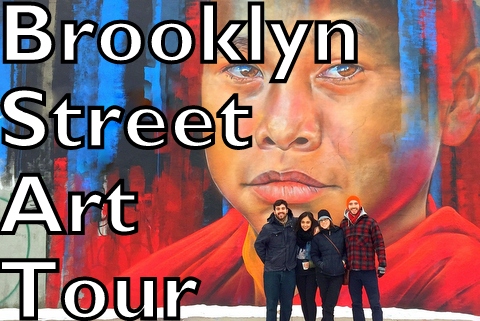One of the greatest things about New York is that the subways can turn into time machines–if you know where to go–seemingly whisking you away to an entirely different era. Easily accessible by public transportation, the Cloisters and Fort Tryon Park are a beautiful and serene part of the city where visitors can stroll through real medieval halls, view the pristine Hudson River as seen by the first European explorers and experience an unparalleled escape from the chaos of the city.
Located in the upper Manhattan neighborhood of Inwood, the Cloisters houses the vast medieval art collection of the Metropolitan Museum of Art. On display are extravagant tapestries, priceless stained glass windows and intricate stone carvings–flourishes that once adorned the walls of monks, knights and nobles. The building itself is made up of stones from five different European abbeys which were partially disassembled in the 1930s. Piece-by-piece, the structures were shipped to New York to be rebuilt and combined into a single building.
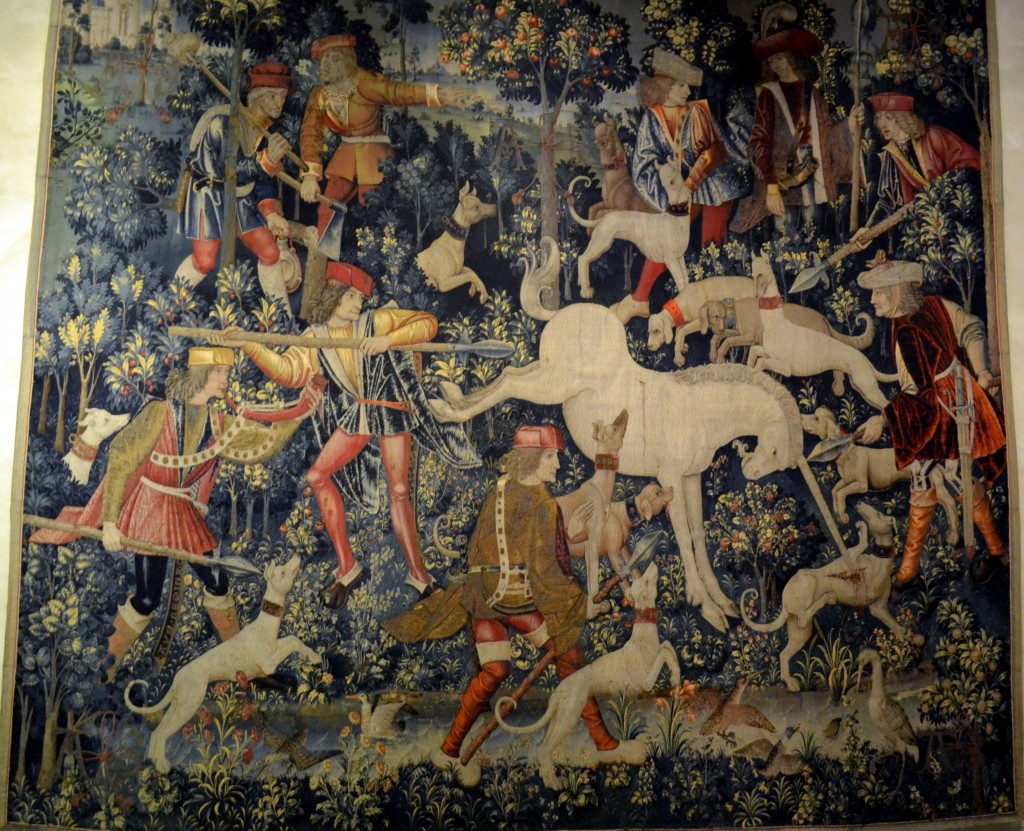
The Unicorn Defends Itself: In classic fashion, the humans in this tapestry find a unicorn and decide they need to kill it and take it home
Fort Tryon Park, which surrounds the museum, stands on land donated by John D. Rockefeller Jr. The park was beautifully landscaped by the the sons of Central Park architect Fredrick Law Olmsted and offers magnificent views of the Hudson River, the George Washington Bridge, and the New Jersey Palisades, also purchased and preserved by Rockefeller.
Walking around the grounds you’ll be charmed by rolling hills, vibrant flowers and New York City wildlife. The Heather and Alpine Gardens offer two different walking paths for gorgeous year-round view.

Excellent opportunities for nature photography…
Whether you’re a New York native or a visitor don’t miss this chance to go back in time…take the A train up to Fort Tryon Park and the Cloisters!






